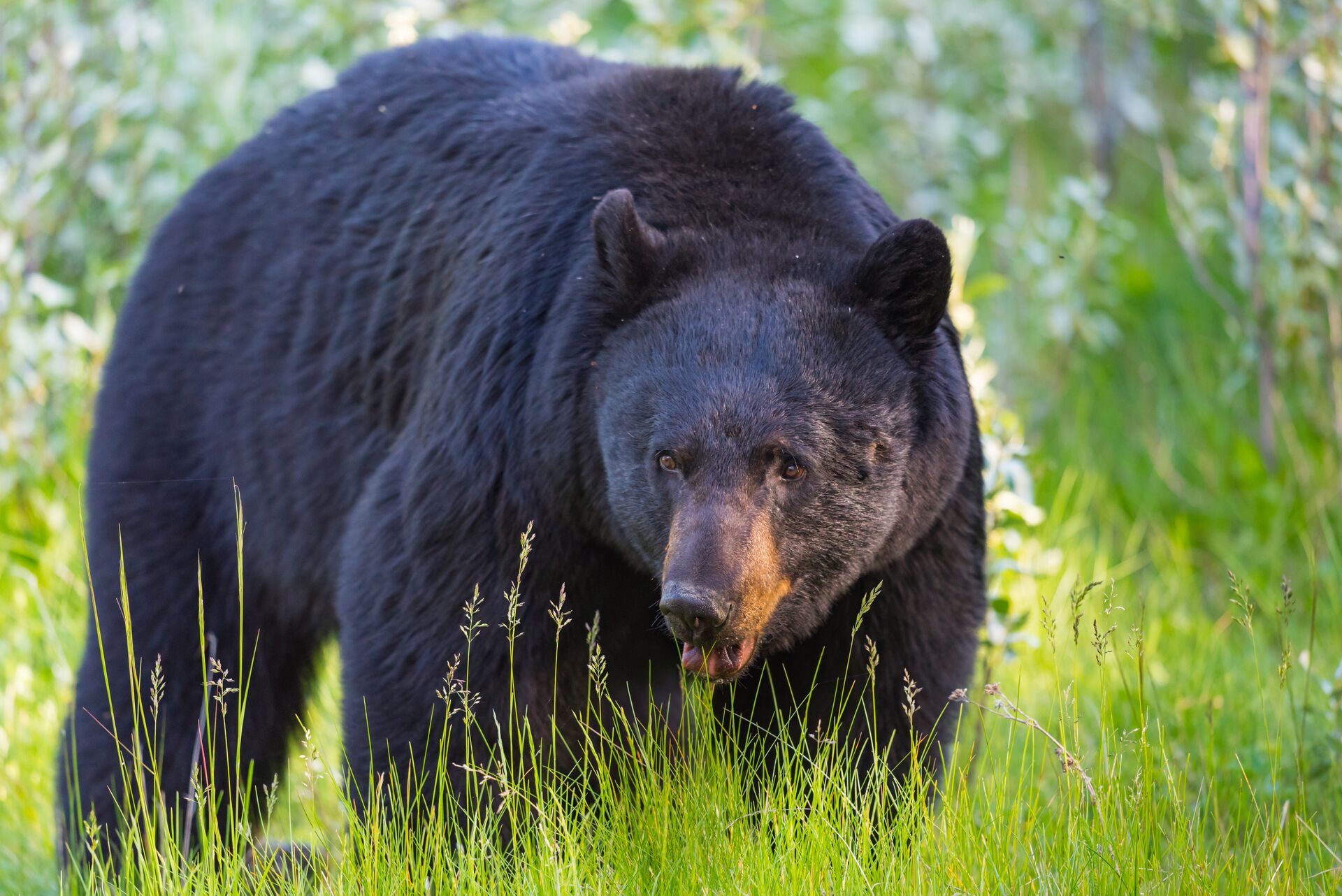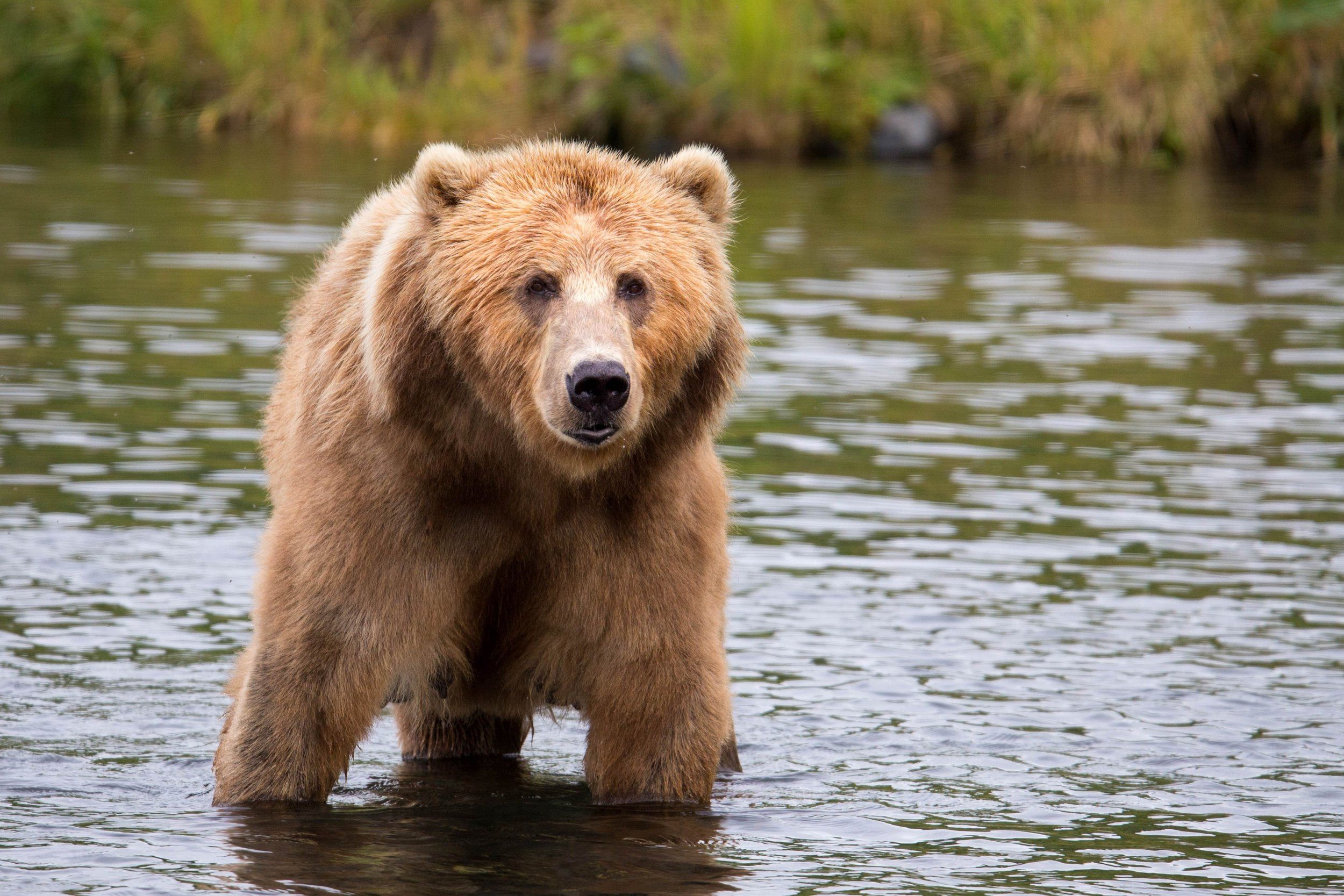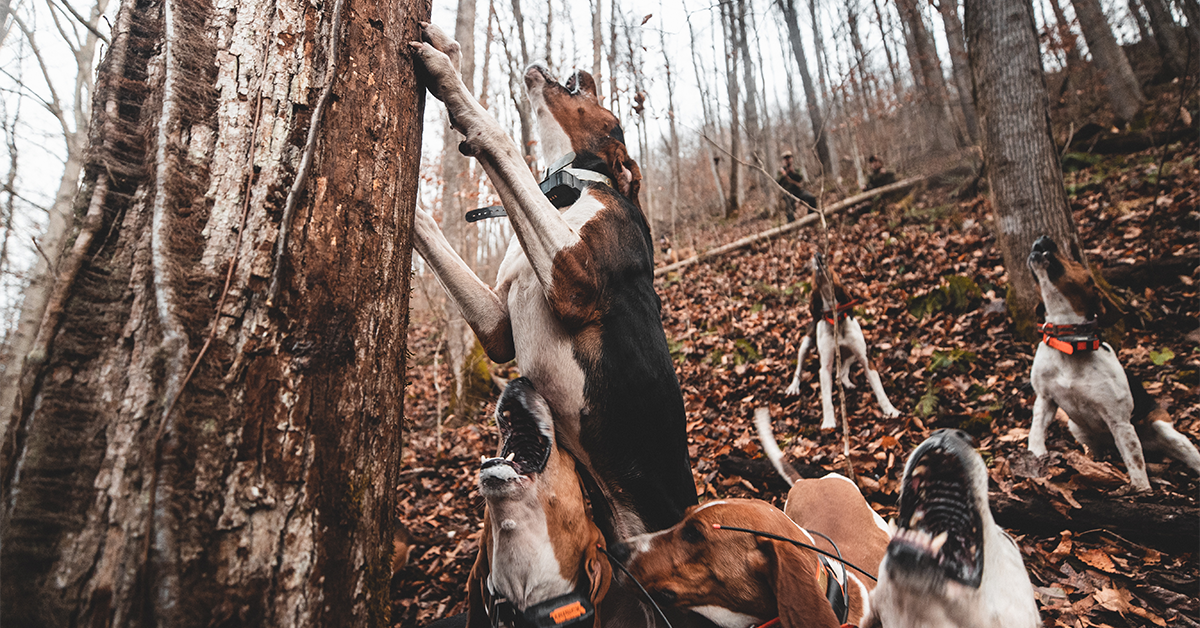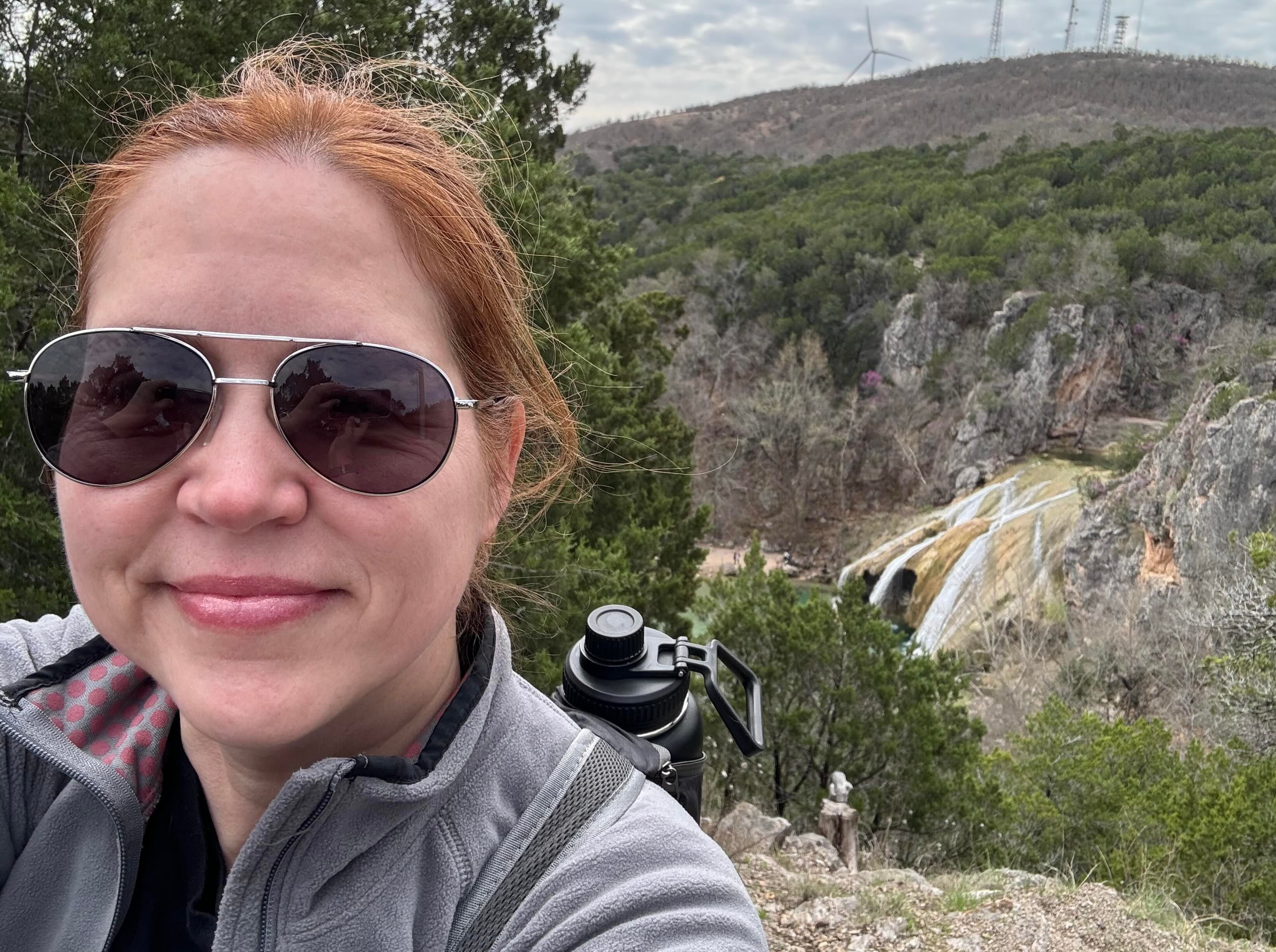Field Guide / Bear
Spring Black Bear Hunting Basics
Marked by iconic teeth, claws, strength, and resolve, bears represent the vast and rugged continent of the United States. Perhaps the most overlooked season by hunters across the country, spring bear season offers opportunities for hunters to get in the field.
Previous in Bear
More Content Like This
The Best Times for Brown Bear Hunting (2025)
Found in the mountains and forests of North America, Asia, and Europe, the brown bear covers the largest area of any bear in the world. Generally solitary animals, brown bears can be found in groups during feasting seasons such as the Alaskan Salmon ...Read More
Read More4 Black Bears in 36 Hours: Experiencing the Chase
In early December of 2020, the HuntWise crew and Bowga Hunting, a group of avid bowhunters, packed up the cars and began our drive to Southern West Virginia in search of mountains, rugged terrain, and black bears.Read More
Read More
The Best States for Spring Bear Hunts
With hungry bears on the move and temperatures increasing, spring bear hunts are the ultimate opportunity to secure a freezer full of tasty game, sharpen your hunting skills, test your gear, and explore stunning hunting locations, from dense forests ...Read More
Read More Bear
BearThe Best Times for Brown Bear Hunting (2025)
Found in the mountains and forests of North America, Asia, and Europe, the brown bear covers the largest area of any bear in the world. Generally solitary animals, brown bears can be found in groups during feasting seasons such as the Alaskan Salmon ...Read More
Read More Bear
Bear4 Black Bears in 36 Hours: Experiencing the Chase
In early December of 2020, the HuntWise crew and Bowga Hunting, a group of avid bowhunters, packed up the cars and began our drive to Southern West Virginia in search of mountains, rugged terrain, and black bears.Read More
Read More Bear
BearThe Best States for Spring Bear Hunts
With hungry bears on the move and temperatures increasing, spring bear hunts are the ultimate opportunity to secure a freezer full of tasty game, sharpen your hunting skills, test your gear, and explore stunning hunting locations, from dense forests ...Read More
Read More
1 of 3
